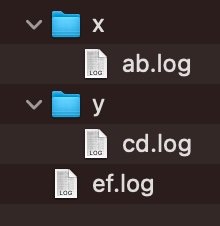I can't seem to let this one go and stop thinking about it. This is so achievable, I wish I had the competence and time to write something. Too much to learn in too little time.
Forget about RAM disks. I'd start by looking at
macFUSE. I'd implement a file system that delivers the directory structure and file names which were decrypted from a server download. Then when a particular file is opened from within the backup app, launch services would fire up the application with a file handle into my custom filesystem which would download, decrypt, and deliver the file to the calling application. Of course, I'm already stressing over all the complications I'd encounter - installation, usability, latency. I'm not even going to do this and I'm stressing about timelines - I really gotta let it go.
Your description is basically what a file-syncing cloud service does. If you think of the local copy of the file as a cached version, then it's almost exactly what file-syncing cloud services do.
In a file-syncing service, the remote data on the server is structured in a hierarchical way, with files individually available. The remote files can be downloaded to a local host (e.g. a new MacBook) simply by logging into the account for the syncing service, and telling it you want the file or files. The local OS will then synchronize a local copy of the file (i.e. a locally cached version) with the master version on the remote server.
Files are created locally, i.e. in the cache, and then eventually synced to the remote service. That is, the latency of cache write-back can be considerable, but that doesn't change the fundamental nature of things.
I'd say the caching strategy for a "file-sync service" is more aggressive than one for a simple "remote file-system" service, but that's pretty much the only difference. Both services support write-back, so when the local copy is modified, it's eventually written back to the master version on the server. The server may maintain a history of different versions, so one can revert to prior versions of any file. The main visible distinction is that something described as "file-sync" is more active about keeping in sync with the remote versions of files. In caching parlance, it more aggressively pre-fetches data based on algorithms like recency, locality of reference (files in same dir), etc.
The question of encryption is orthogonal to the question of a remotely accessible file-system, just as it is for any local file-system.
The question of whether the remote files are backups or are the master versions of the files is also orthogonal to the remote file-system. In general, a backup of any file is write-mostly and read-rarely, while a typical file is read-mostly and write-occasionally, except while being actively edited. Those patterns lead to different caching strategies, but the file-system in both cases can be identical.






